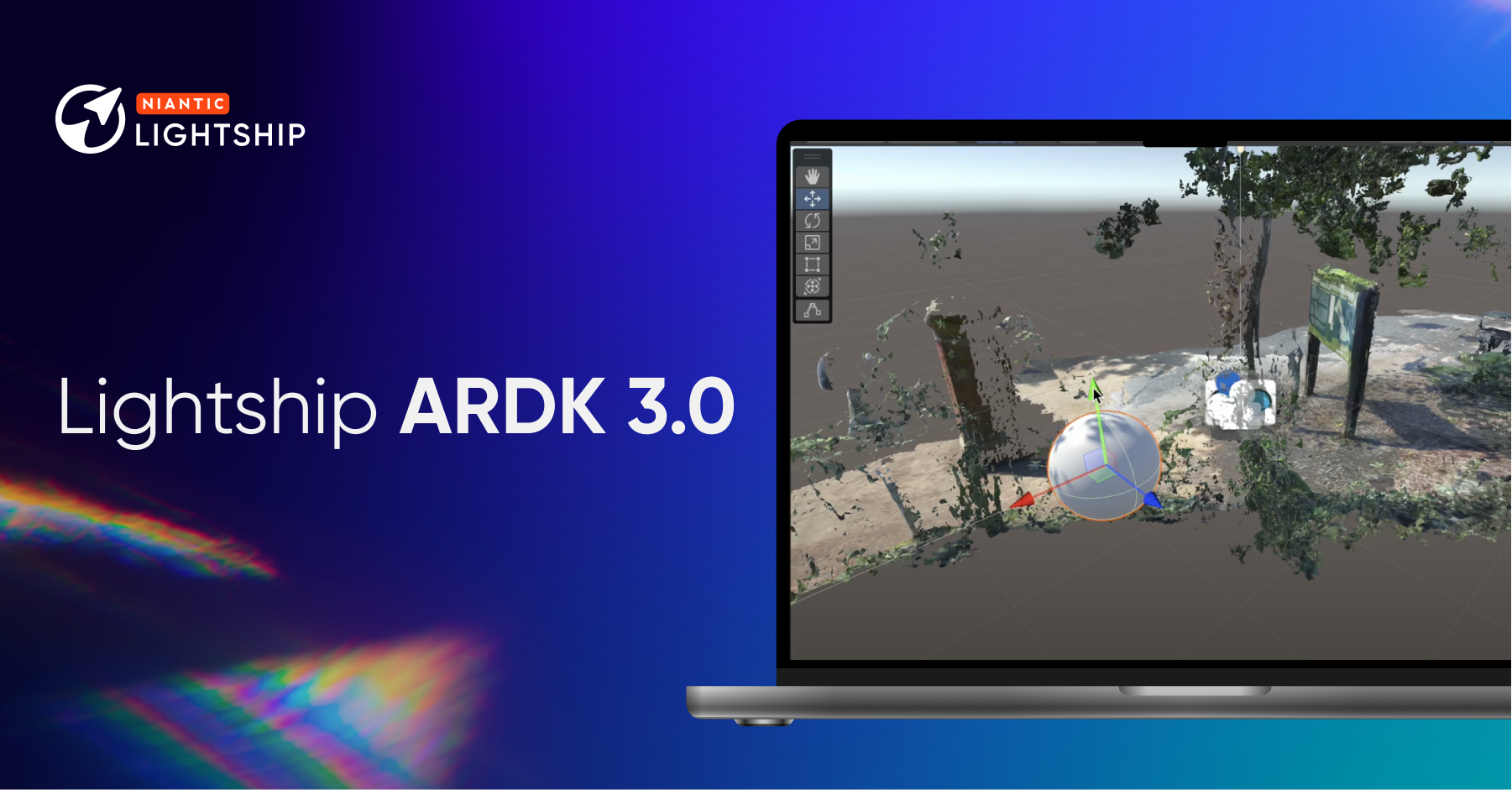Welcome to ARDK 3

ARDK 3.0 has been re-architected to make it far easier to work along side Unity's XR and AR systems.
ARDK 2.X required users to either use ARDK OR Unity's AR/XR systems. With 3.0, users can seamlessly mix and match Niantic’s Unique AR features with Unity’s AR Foundation and XR subsystems.
This means any project set up to use AR Foundation can enable Lightship in the XR Settings and ARDK will override existing systems such Depth, Occlusion, and Meshing, and add new ones for Niantic’s unique features.
It also means that you can follow existing documentation and tutorials on AR Foundation for basic AR concepts and then extend them to make use of Niantic’s advanced AR features.
For existing ARDK developers the migration path will not be overly difficult as AR Foundation and ARDK share a lot of common workflows. However, this is a major revision so some API will be different and some patterns will have changed. We have a full migration guide for developers.
Access the ARDK 3.0 download along with sample code and other resources by visiting our repositories in GitHub (opens in new window) and installation guide.
Niantic Offers:
Depth, Occlusion & Meshing that work on any device (no Lidar needed) and at greater distance than Lidar. These systems override and extend the base AR Foundation managers seamlessly with no work needed by the user if they already have an AR Foundation project.
Semantic Segmentation for more than just people - there are 20 channels available for mask generation and scene queries for AI and gameplay.
Dynamic Navigation in AR using Navigation Mesh - you can have AI creatures move around your scene as it is generated.
Visual Positioning System (VPS) provides a way to persistently anchor content to real world location with centimetre accuracy.
Shared AR. Up to 10 players can join the same room and send networked messages to each other which relay through our server in US Central. Each room has access to a real-time datastore. Users can also interact within the same shared space through a process called co-localization. Co-localization works with VPS and QR codes so players can see positions of objects in the same physical place! Shared AR has a modular architecture so developers can swap in services of their choice.
AR Foundation offers:
Session Management
Rendering
Plane Tracking
Point Clouds
Face Tracking
Body Tracking (ARKit only)
Meshing (ARKit only)
Environment Probes
Occlusion
For full details on ARFoundation's offerings, see the Unity documentation (opens in new window).
Other Benefits of ARDK 3.0
Faster to get started. Just add the UPM package and enable it.
More performant rendering. ARDK 3.0 is optimized to work more closely with Unity's XR stack, increasing its frame rate.
Smaller runtime size, reducing the size of your app.
Compatibility with more ARKit & ARCore features like face, body, and environmental probes.
More documentation. Compatibility with AR Foundation workflows means existing tutorials from Unity and others will work.
Porting or extending AR Foundation-based projects is now as simple as enabling Lightship in XR Plugins.